This is not a ‘proper’ group test for these vehicles. Because it’s a group test of commercial vehicles, not cars, and, as a man who sold vans once told me, there is a big difference between the two.
With cars, you’re dealing with people’s own money and therefore their own emotions. With vans, you’re freed from the constraints of either: it is a transaction and a decision and a discussion based on absolutes that, for the most part, start with statistics to meet needs and end with a pound symbol. And that’s that.
This article was originally published on 27 October 2018. We're revisiting some of Autocar's most popular features to provide engaging content in these challenging times.
So it ought to be, then, with these five double-cab pick-up trucks. They’re so similar in layout and intent and capability that to decide which is best – to do a ‘group test’ properly – for your commercialfleet, you should probably do nothing more than sit down with a spreadsheet.
This, then, isn’t such a test. (I believe some are available.) This gathering of pick-ups in a disused quarry in the east of England is – perhaps inappropriately, but we’ll run with it – similar to one of our enthusiast-oriented tests instead.

Sure, we’ll look at the numbers, but we’ll also drive around a bit and decide which one we like sitting in and driving the most. A large objective element, then, but with a bit of what I’d call subjectivity and others might call blind prejudice thrown in. After all, it’s what an individual small-business owner - running one of these on the company because it can carry over a tonne, and therefore the benefit-in-kind tax is about the same as for a basic hatchback – would do. They’d decide which is best for the money, but also which is best suited to weekend pony club or kart track events. It’s more likely to be left overnight on the drive than in the work yard.












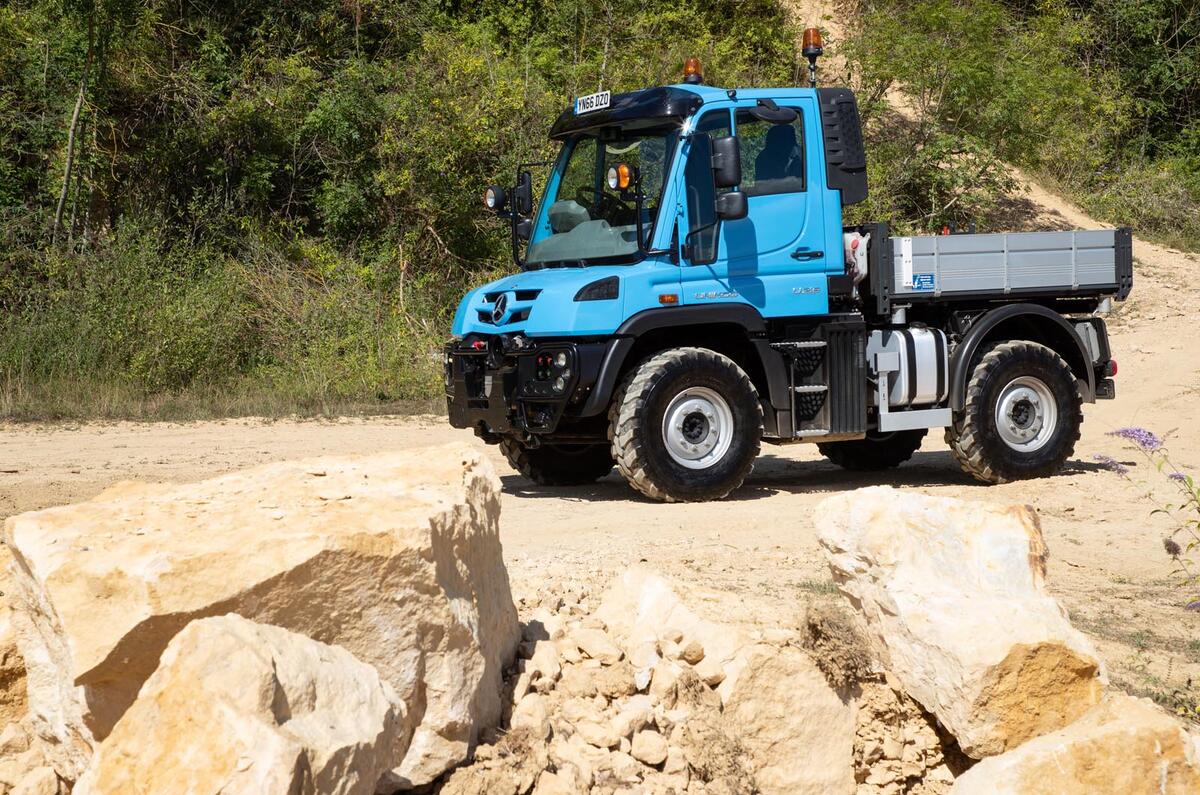




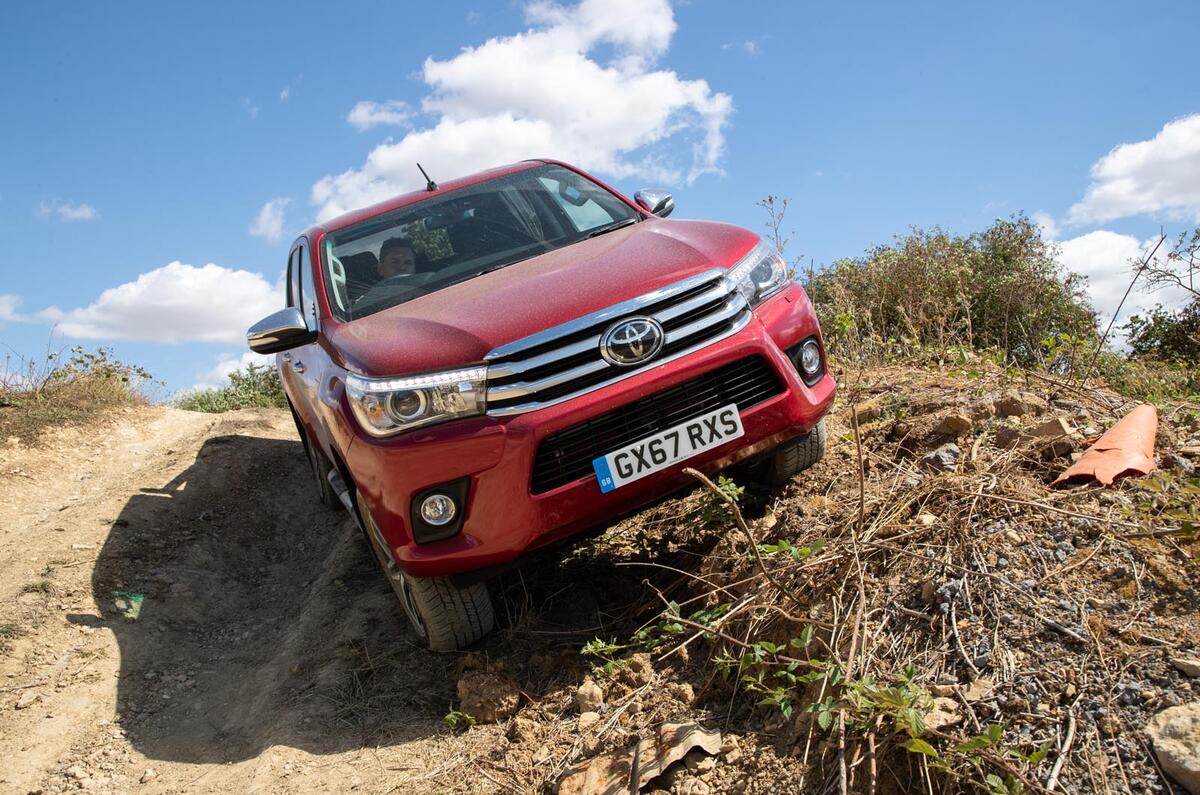










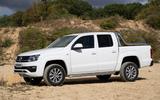




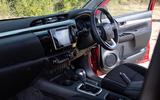




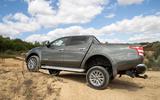
























Join the debate
Add your comment
The Nissan Navara...
...should have been included just to embarrass the daft MB.
TS7 wrote:
Exactly, I am dumfouded. The Navara is one of the best selling 1 ton pick ups in the UK never mind the world, has been for decades. Would have been a caveat I presume sent to Autocar by Merc. DON'T test the Navara up against it.
Swiss quality
Our village workers use the little Mog to carry their kit around. Good use of my taxes IMHO
Don't get it, why is Merc
Don't get it, why is Merc trying to become all thing to everyone.. now waiting for BMW and Audi to get into this market for pickups..might as well... you'd be a fool or with more money than sense to get a Merc pickup rather than one from less premium brand.. aren't pickups just work horses.?